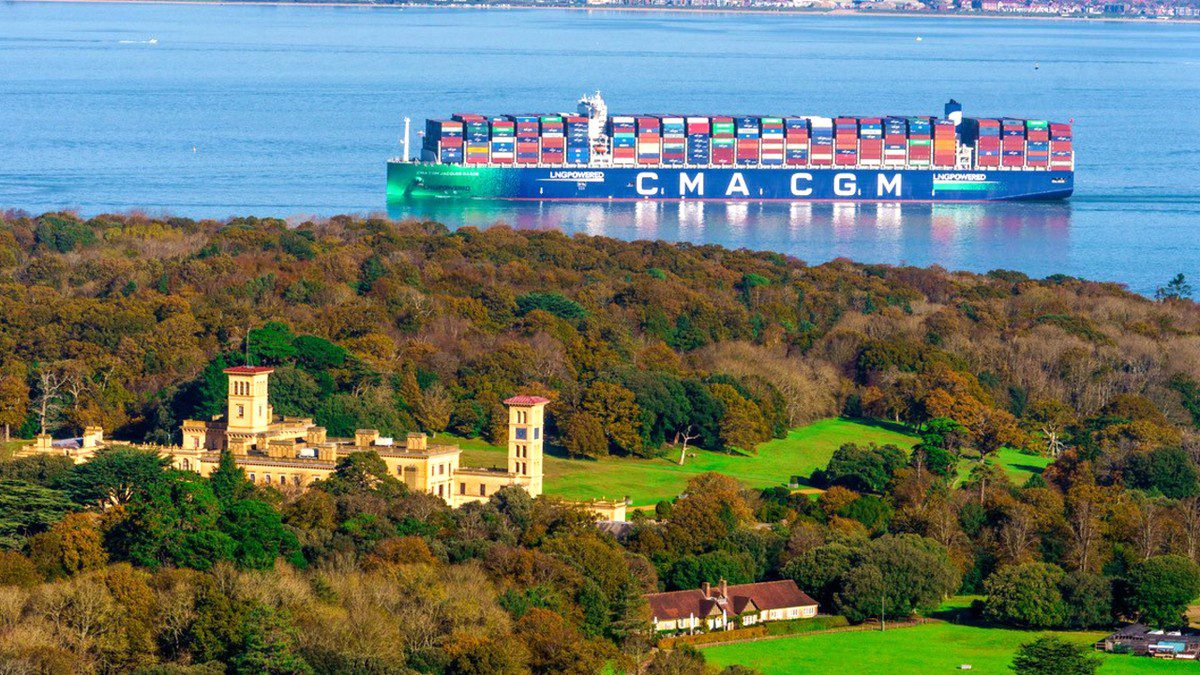 Christine Cabau Woehrel (CMA CGM): “The Jupiter 1000 project is of great interest to the CMA CGM Group as part of our efforts to find very low-carbon new fuel sources” (source: CMA CGM Group)
Christine Cabau Woehrel (CMA CGM): “The Jupiter 1000 project is of great interest to the CMA CGM Group as part of our efforts to find very low-carbon new fuel sources” (source: CMA CGM Group)
France’s Jupiter 1000 project is the country’s first industrial-scale demonstrator of hydrogen and e-methane production
The Jupiter 1000 industrial demonstrator project is being piloted by French natural gas transmission operator GRTgaz in Fos-sur-Mer, France.
The installation aims to produce green hydrogen from renewable power and e-methane, a synthetic gas, using hydrogen and CO2 captured from industrial processes.
With Jupiter 1000, GRTgaz aims to convert a portion of renewables-based power, when it is abundant or in over-supply, into low-carbon energy (hydrogen and e-methane) that can be stored on a large scale for lengthy periods.
Following a preliminary study phase and the award of administrative and later building permits, the first electrolyser producing hydrogen from water and renewable power injected hydrogen into GRTgaz’s gas transmission network in February 2020. A second electrolyser entered service in November 2021.
Jupiter1000 also recycles CO2 and converts it into synthetic gas. The carbon dioxide is produced by the boiler at Asco Industrie, a steelmaking plant located near the Jupiter 1000 project. The plant’s exhaust is captured at the foot of the chimney stack by equipment developed by industrial engineer Leroux & Lotz. The CO2 is then piped to the Jupiter 1000 site and recycled with hydrogen in a methanation unit installed by energy supplier Khimod. The synthetic gas produced can be used instead of fossil fuel gas and employed freely across all transport and distribution networks. The hydrogen methanation facilities are due to be commissioned in June2022.
The CO2 element of the project involves several partners: CMA CGM will offer its expertise in shipping and logistics. Compagnie Nationale du Rhône generates the renewable power, RTE handles the power transmission, McPhy supplies the electrolysers, Leroux & Lotz captures and stores the CO2, Khimod handles the methanation process, CEA-Liten is piloting the trials, GRTgaz and Teréga supply the green gas to the conventional gas network and the Port of Marseille houses the project.
Through its participation in the project, CMA CGM aims to further accelerate the pace of its fleet’s transition to newer fuels. The line currently has 28 ‘e-methane ready’ dual-fuel, LNG-powered container ships and expects to scale this to 44 vessels by the end of 2024.
CMA CGM Group executive vice president Christine Cabau Woehrel, who is in charge of industrial assets and operations, commented, “The Jupiter 1000 project is of great interest to the CMA CGM Group as part of our efforts to find very low-carbon new fuel sources. To help us meet our net-zero target by 2050, we are resolutely committed to searching for and industrialising innovative non-fossil fuel gas solutions, with biomethane and synthetic methane. The Jupiter 1000 project will give us access to one of the first demonstrator projects of the kind. Moreover, it is located at Fos-sur-Mer, where we recently completed our first LNG bunkering operations. We intend to support the potential emergence of a whole new industry.”





